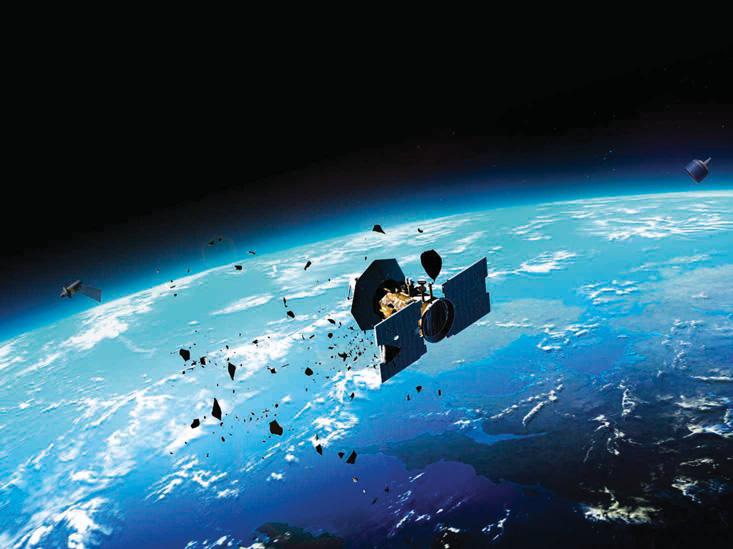The upshot: low Earth orbit is becoming increasingly cluttered. As well as raising the likelihood of collisions, there's mounting concern among scientists that mega-constellations could damage the critical layer of ozone that shields Earth from harmful UV radiation.
Decommissioned satellites burn up as they re-enter Earth's atmosphere, releasing tiny particles of aluminium oxide. These particles are potent catalysts for chemical reactions that eat away at the ozone layer. But the particles aren't consumed in these reactions, so they can spend decades destroying more and more ozone.
A typical 250kg (550lbs) satellite generates around 30kg (66lbs) of aluminium oxide particles, according to research published in 2024 in the journal Geophysical Research Letters. By the time the planned megaconstellations are fully deployed, decaying satellites could inject 360 tonnes of aluminium oxides into the upper atmosphere each year – an increase of 646 per cent over natural levels.
Part of the problem is that internet satellites in low Earth orbit are incredibly short-lived. Starlink satellites, which orbit at about 550km (340 miles), would be pulled out of orbit by atmospheric drag within five years if SpaceX didn't proactively deorbit them first. The company is then compelled to launch new s...


